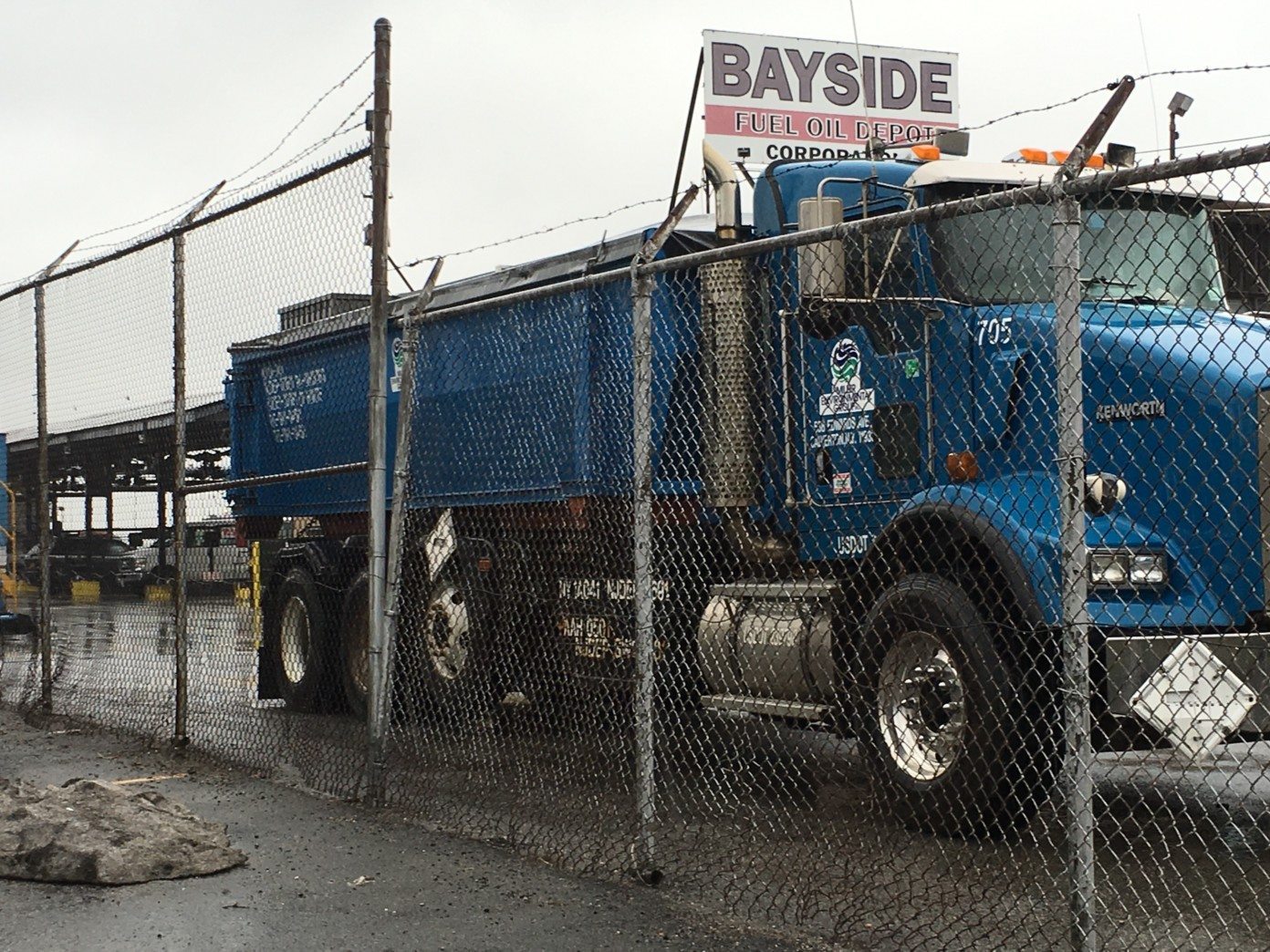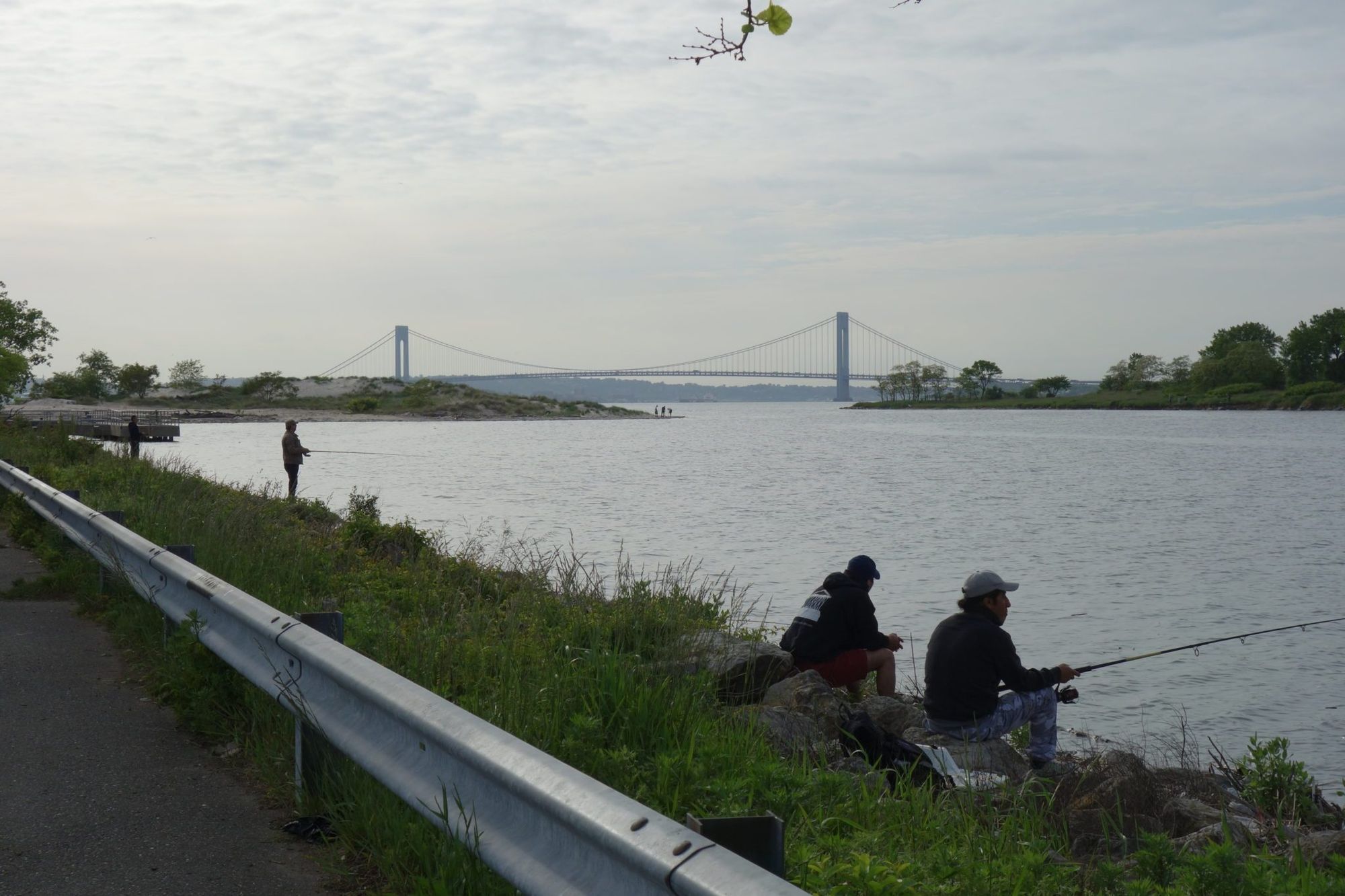Coney Island Creek – Good Enough to Dump Untreated Sewage in, Not Good Enough to Have Oysters to Clean It Up.


GRAVESEND – One state agency granted $200,000 to clean up Coney Island Creek, only for another to stonewall the permit.
Billion Oyster Project is a non-profit working to naturally clean up waterways and prevent flooding by putting a billion oysters in New York waterways by 2035, in collaboration with local students. They received funds from the Governor’s Office of Storm Recovery to expand their community reefs program to Coney Island Creek, Paerdegat Basin (Canarsie), Bush Terminal Park (Sunset Park), and Brooklyn Bridge Park, in addition to other existing locations like Jamaica Bay
However, Coney Island was singled out for removal from the permit by the Department of Environmental Conservation: “We requested Coney Island Creek be removed due to concerns over water quality in the area,” according to a spokesperson for the Department, “the situation is still being evaluated. “
Pollution in the Creek is precisely why the oysters are needed.

Tanasia Swift, a community reefs manager at Billion Oyster Project, explained that oysters naturally filter water and help mitigate wave action thereby reducing flooding from storms. She noted that a successful 2015 oyster test cage in Coney Island Creek demonstrated that the oysters can thrive in the Creek’s current condition.
Pamela Pettyjohn, president of local non-profit Coney Island Beautification Project, doesn’t understand why a permit wouldn’t be granted. “If the Creek’s contaminated, why not let Billion Oyster Project clean it up?” she asked.
There is a different kind of a permit that did recently get the green light: In July, the state approved a permit for the city to pour up to 7.2 million gallons a day of groundwater for two years into the Creek while new drains are installed. A DEC spokesperson said that the groundwater is filtered and treated before being released into the creek, thereby eliminating risk. However, Sean Dixon, senior attorney at Riverkeeper, expressed doubt the safety of using storm drains for groundwater.
“I’ve never heard of a filtration system that can perfectly clean contaminated groundwater at a construction site,” he said. “Furthermore, the amount of water the permit allows to flow through the drain is massive. Even the cleanest water would pull contaminants from the polluted Coney Island soils and storm sewers into the creek.”
This would be on top of two recent high profile contamination events:

In March, Bayside Fuel Oil Depot spilled 27,000 gallons of fuel into nearby Gravesend Bay. Residents weren’t informed, prompting the introduction of legislation by local councilman Vincent Gentile to require notification after a contamination event.

And in October of 2016, it was discovered that Beach Haven Houses had been dumping 200,000 gallons a day of raw sewage in Coney Island Creek, possibly for years.
The Department of Environmental Conservation “Continues to work to improve and restore water quality in Coney Island Creek, and is currently identifying and removing illegal sanitary sewer discharges that are impacting the creek,” DEC responded via email.
Pettyjohn tests the water weekly with students and says she’s seen no improvement in quality.
Eddie Mark, Coney Island’s Community District Manager, said concerns about people stealing the oysters and getting sick if they tried to eat them was also cited as a potential problem, which didn’t make sense to him. “This is New York City. Poaching would be a concern in any location, not just Coney Island,” he said.
Pettyjohn notes that if water safety is the main concern, the department is already failing, pointing out that people ignore contamination warning signs and use the water for fishing and baptisms.

“They yell out to me, ‘how bad is it?’ I tell them it’s really bad, but they don’t listen,” she said.
Swift said that Billion Oyster Project is not giving up and plans to file another permit that includes community safety patrols and fewer oysters. “We want to find a middle ground so we can move forward. We want them to understand how beneficial this would be for the community,” she said.
UPDATED on 11/8/17 to reflect that groundwater is being treated before being released into the Creek during sewer work.




